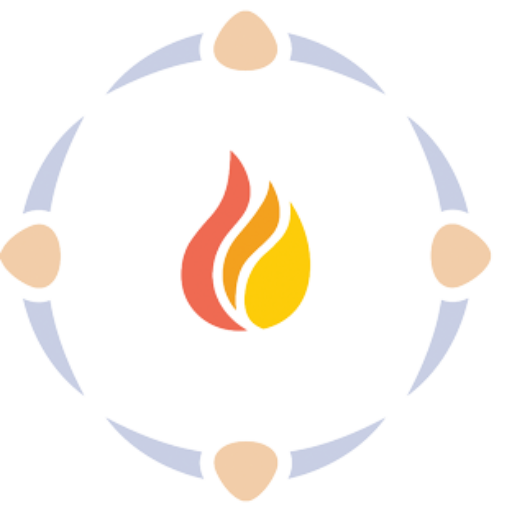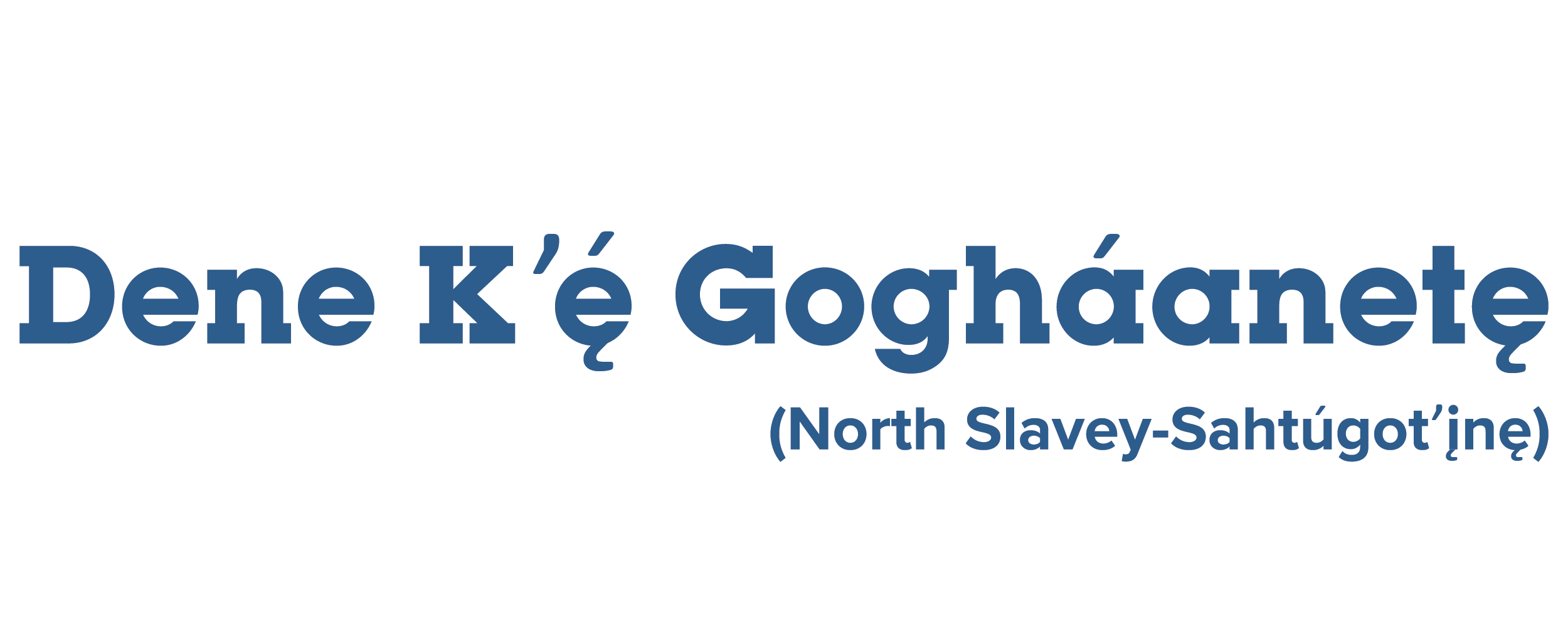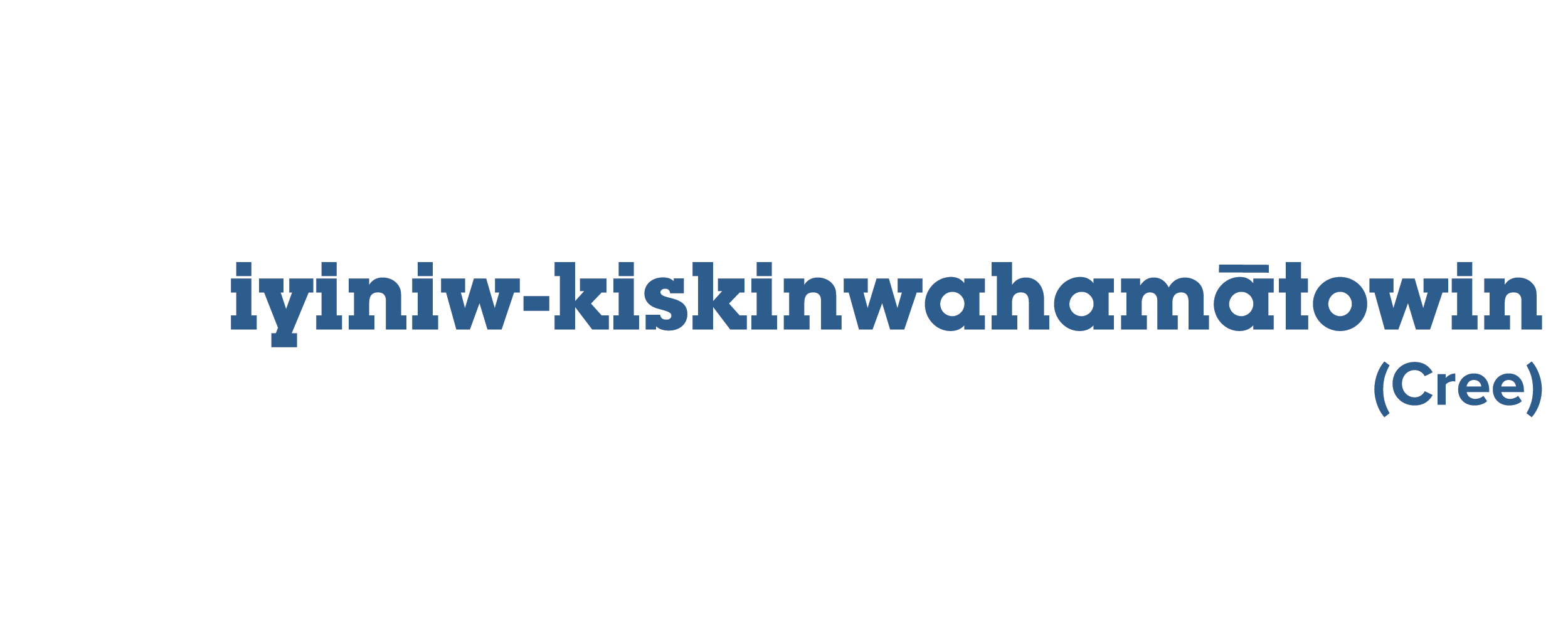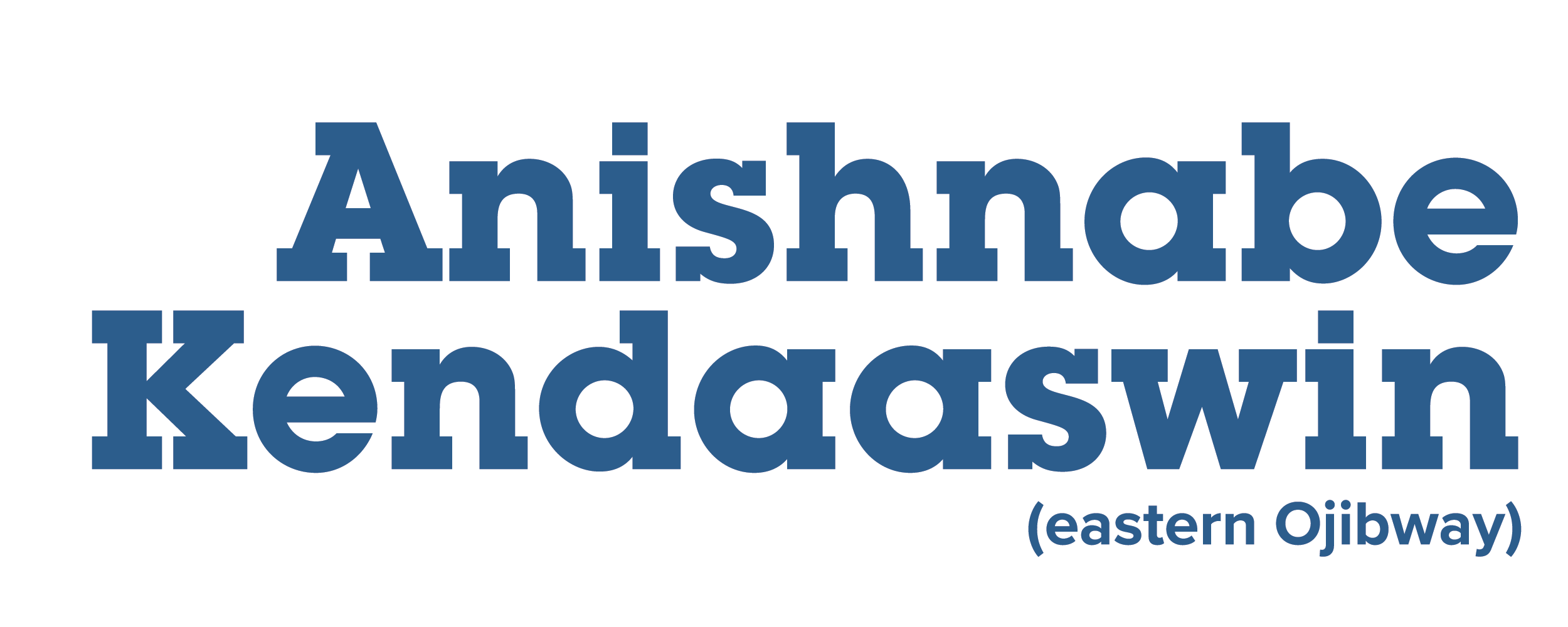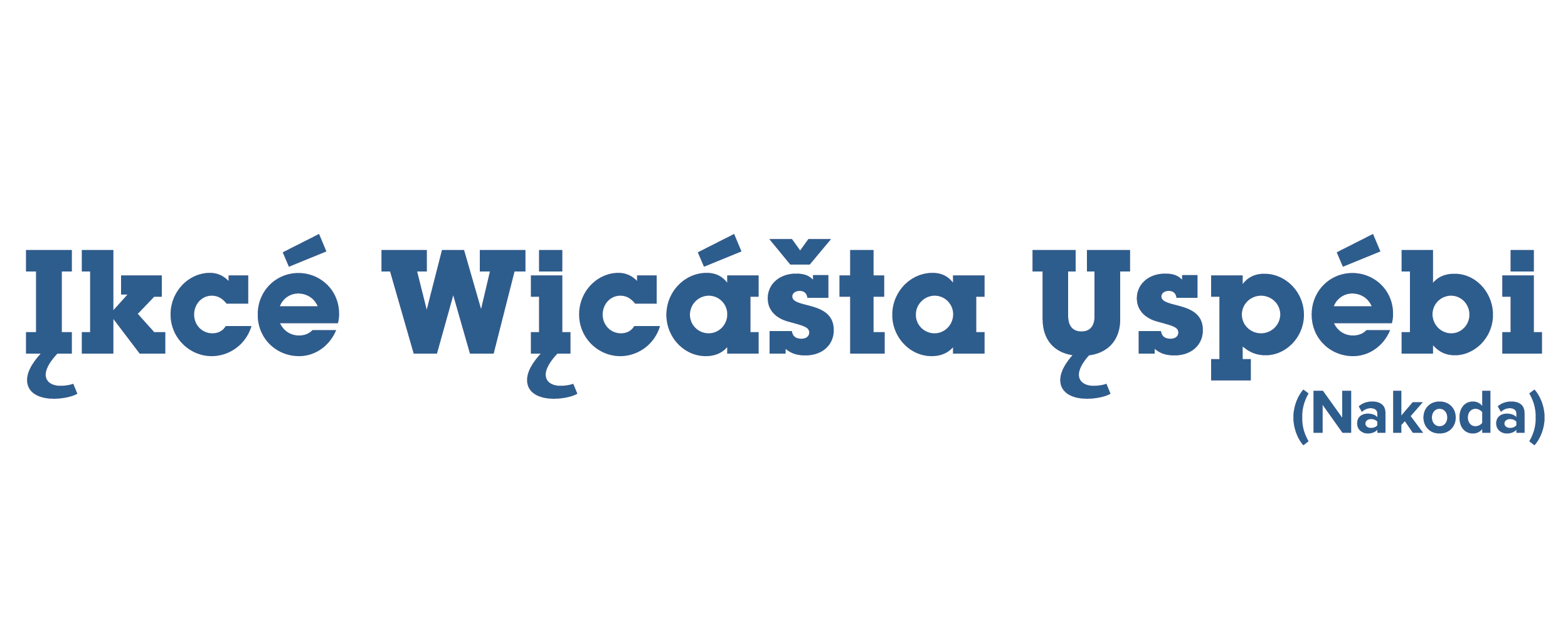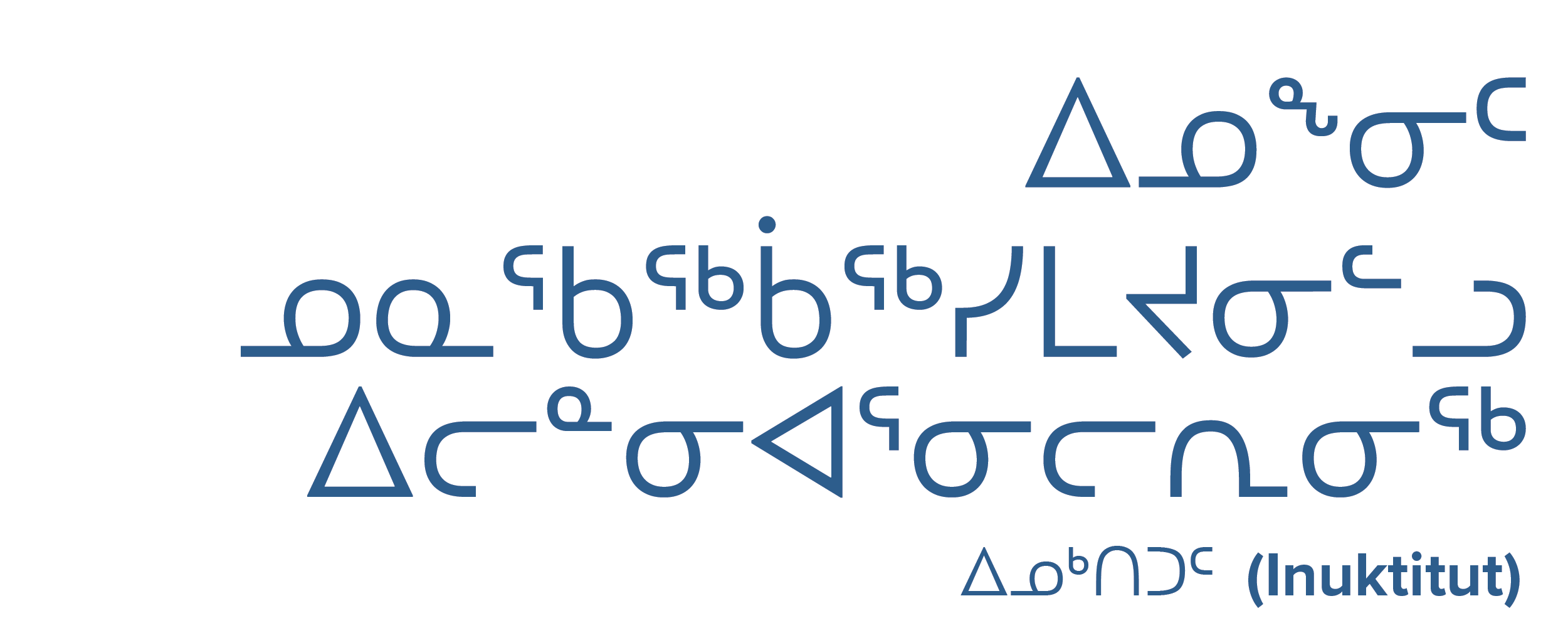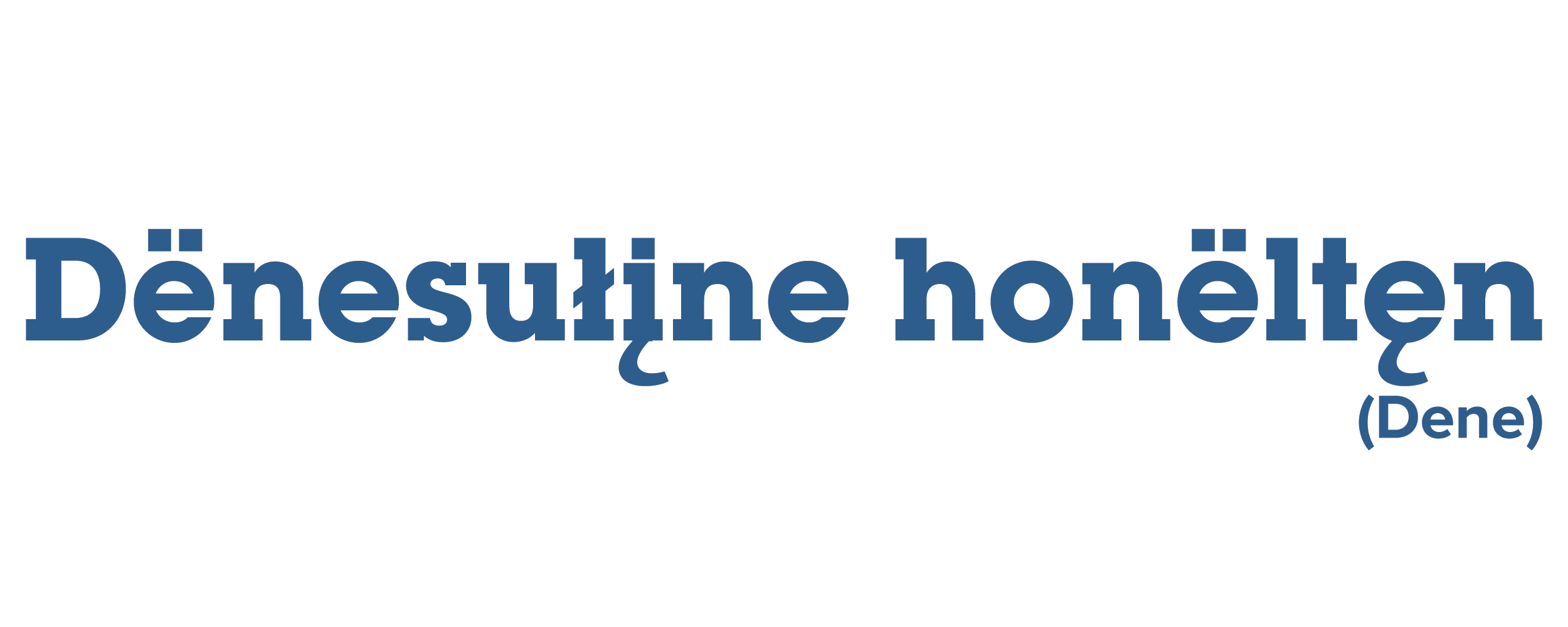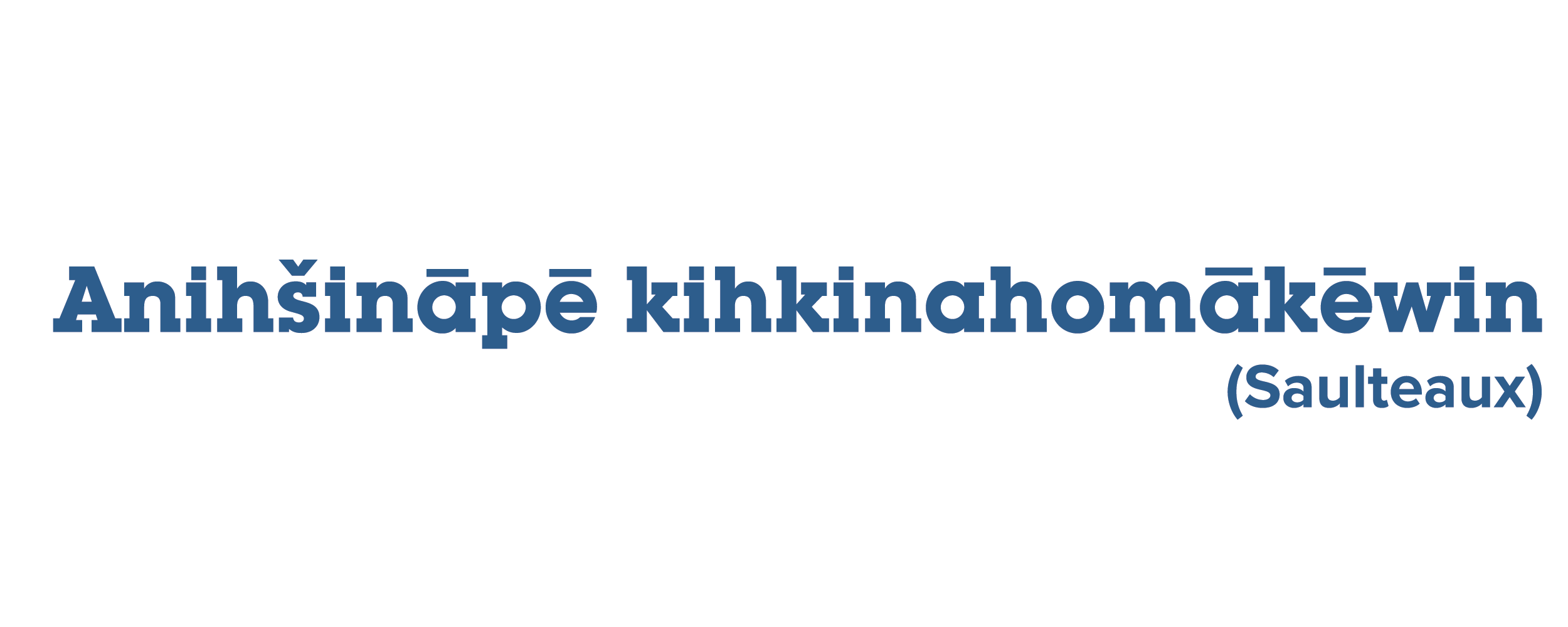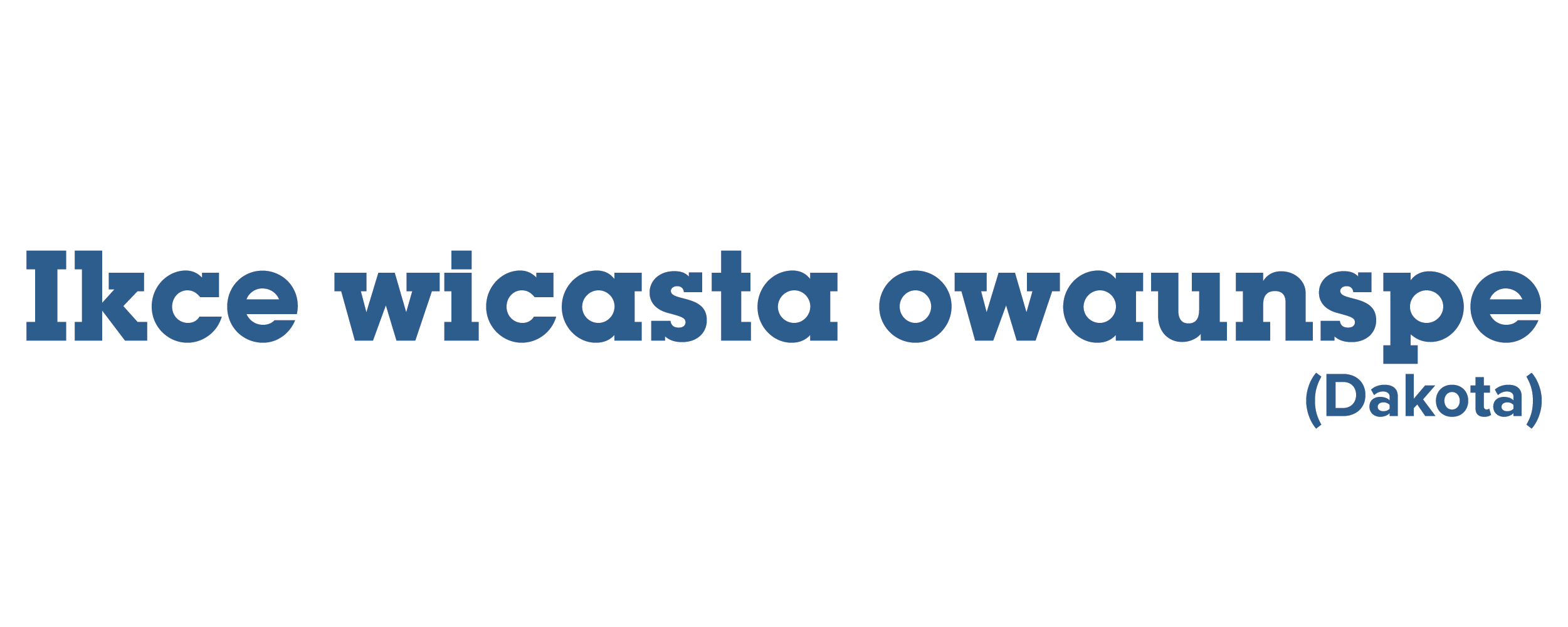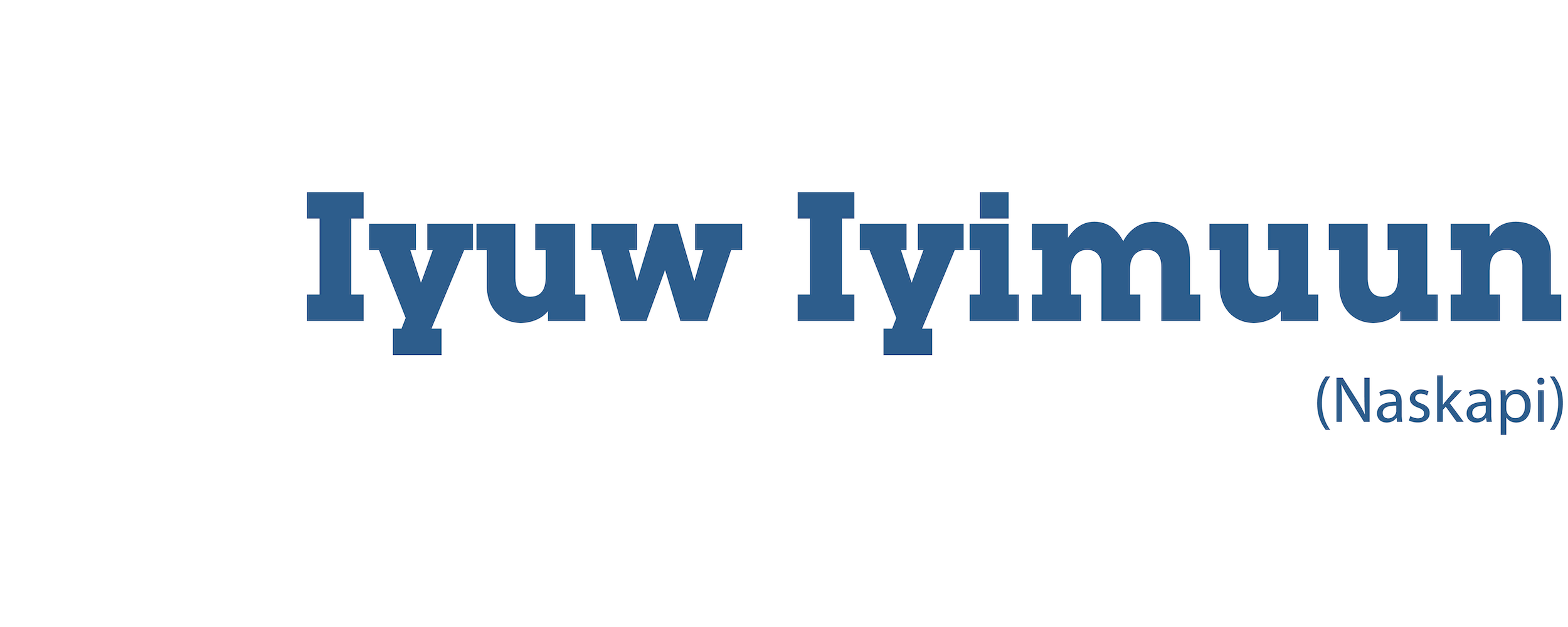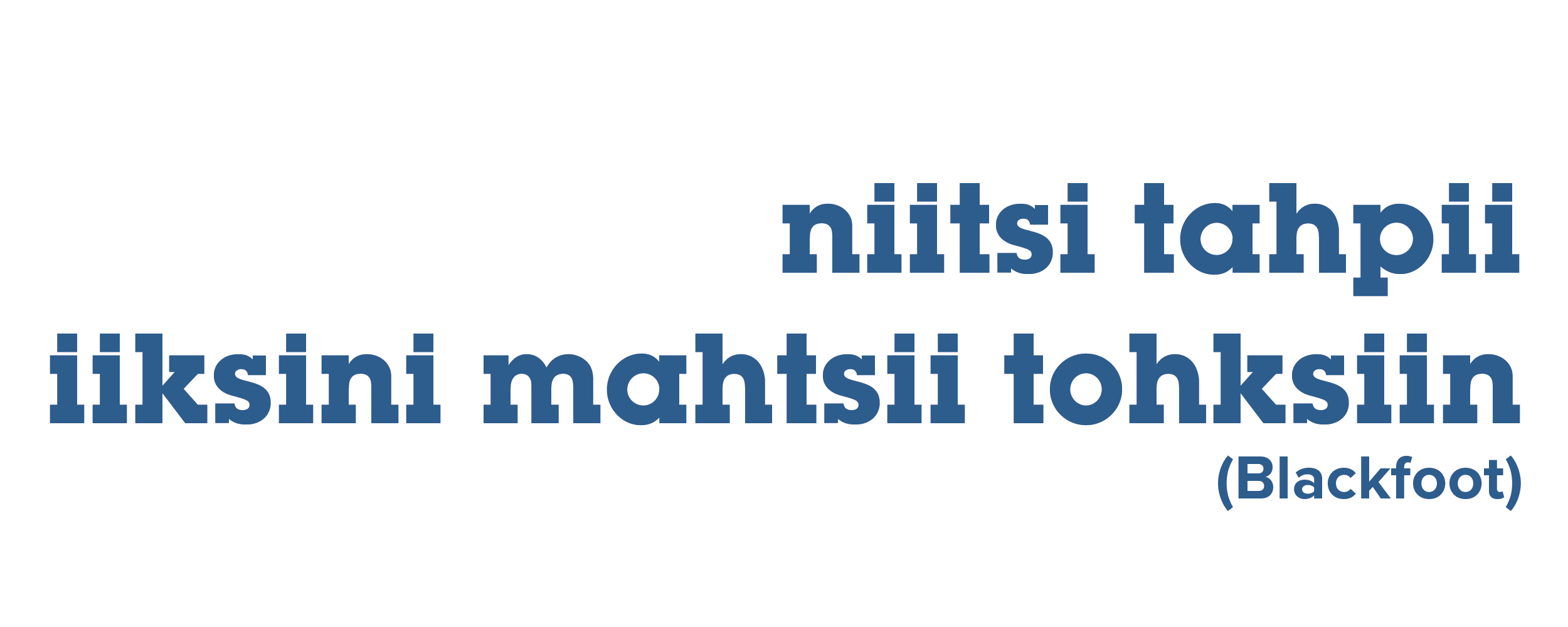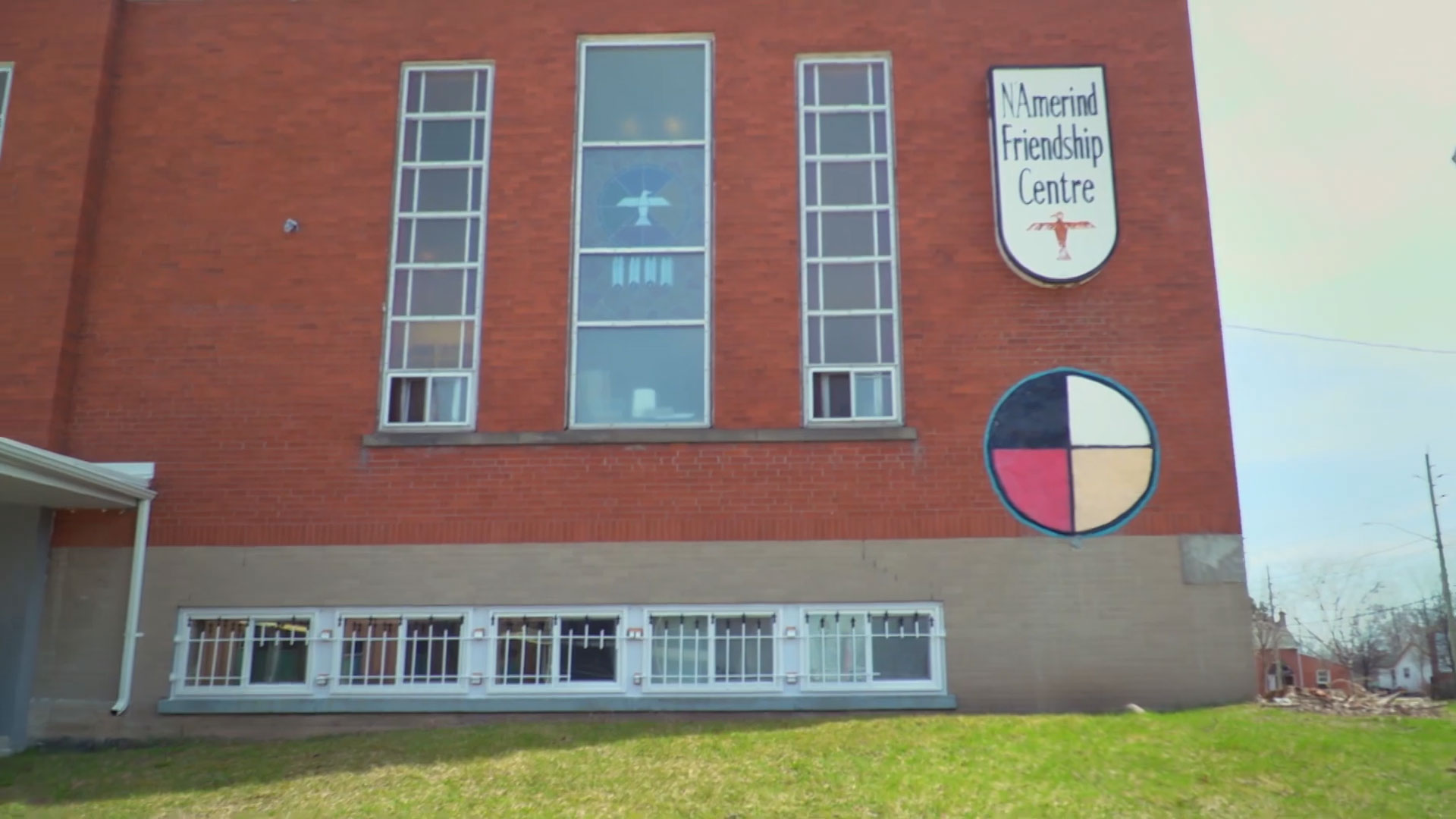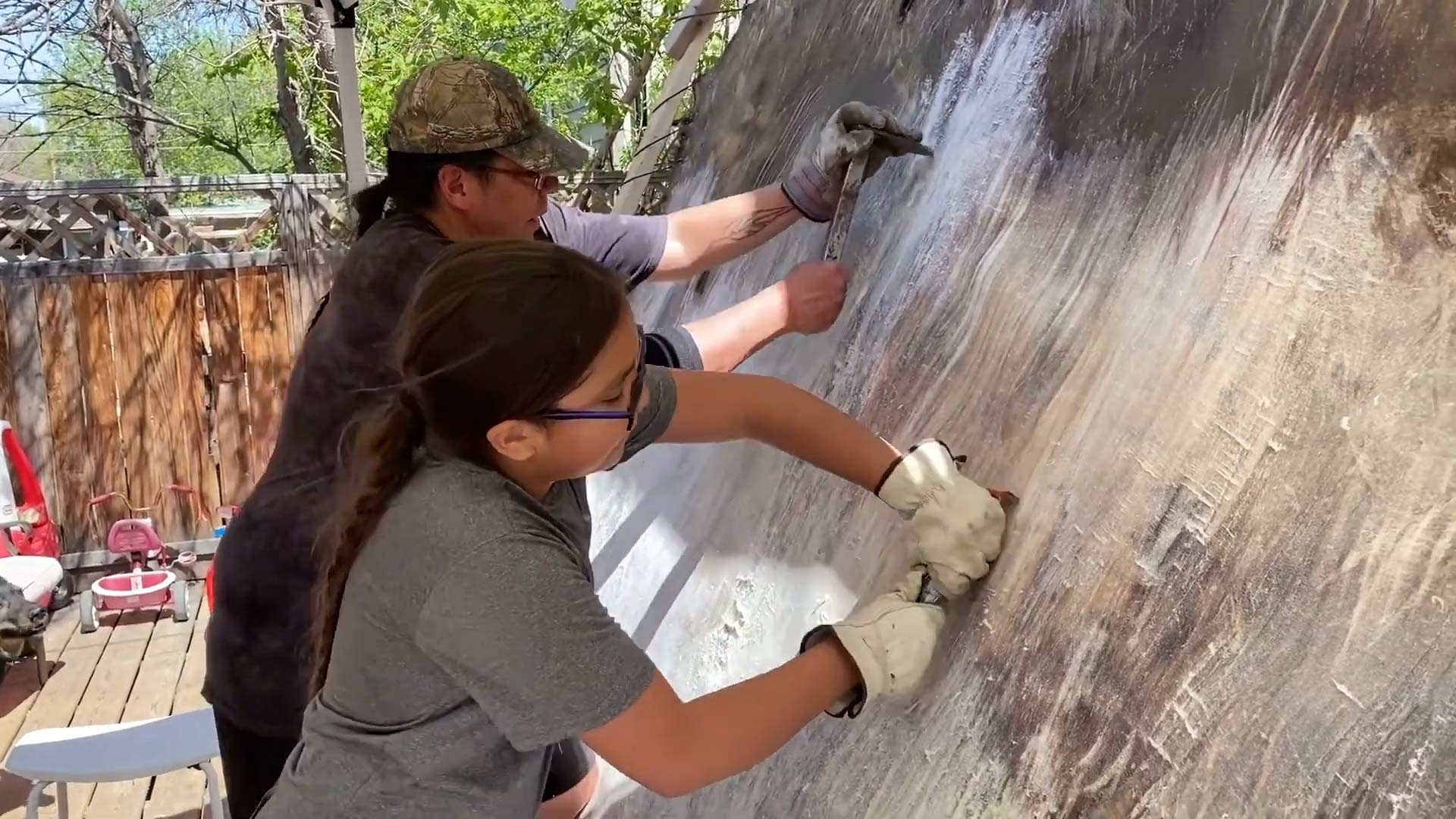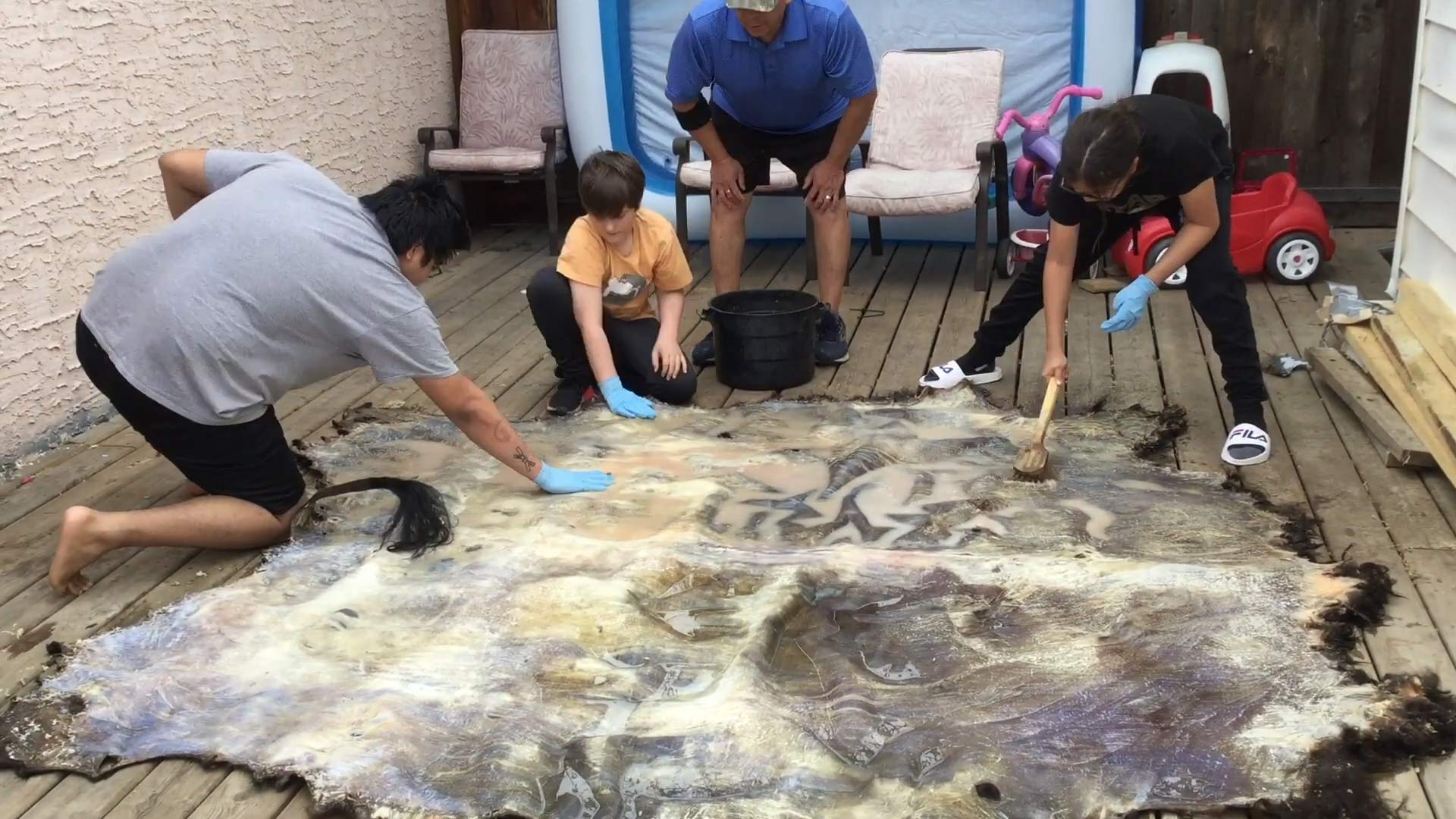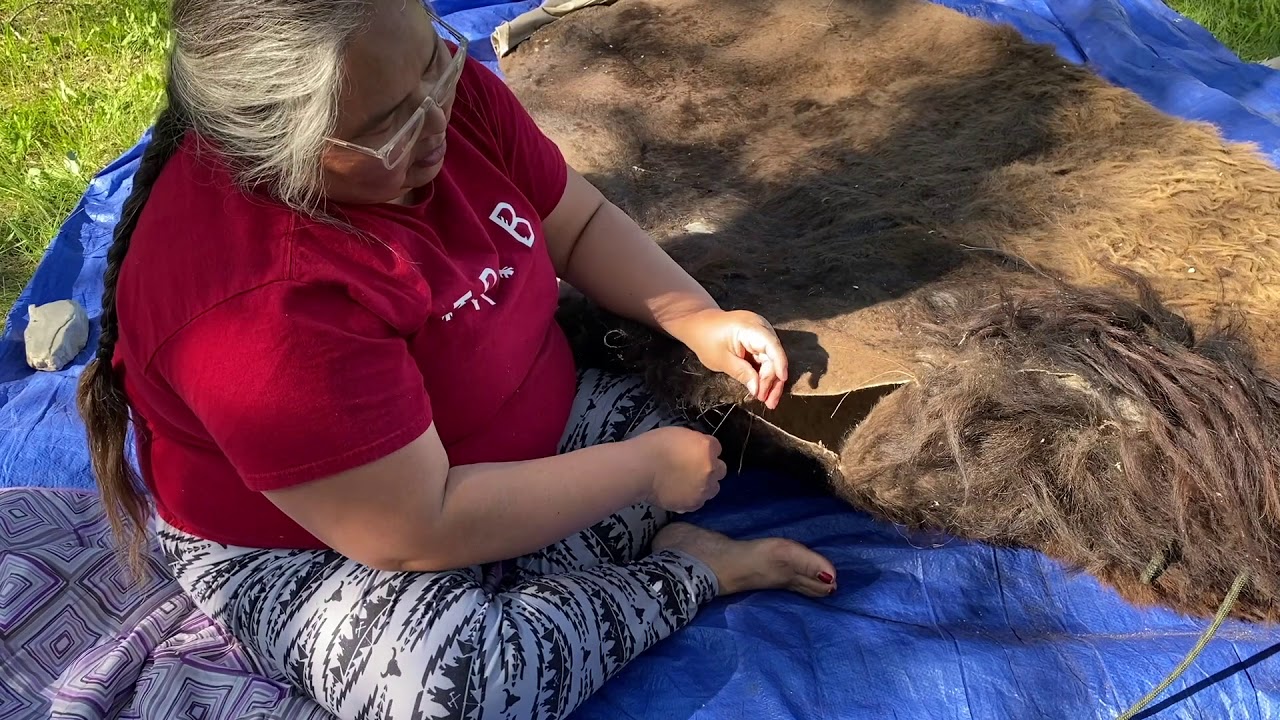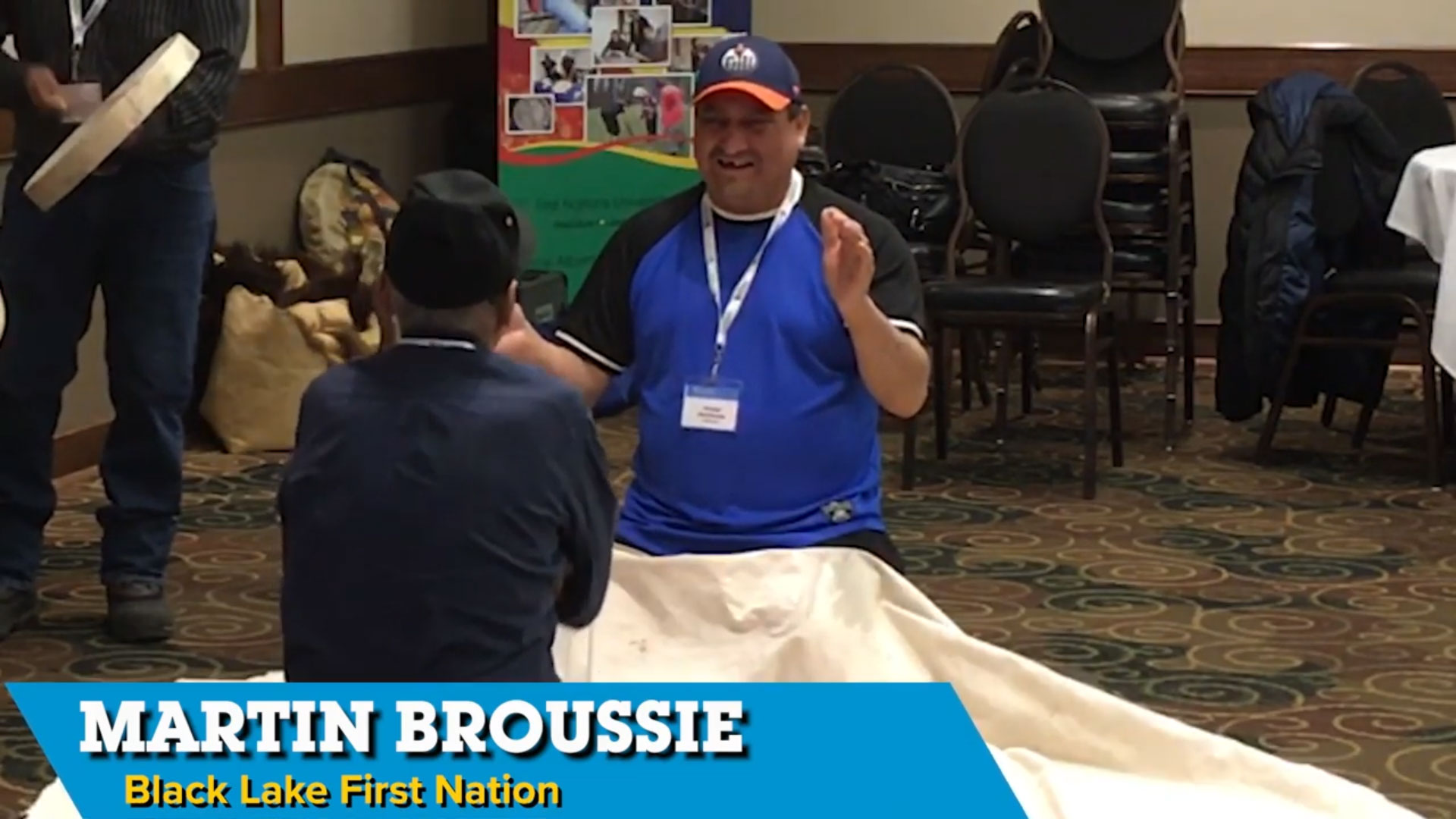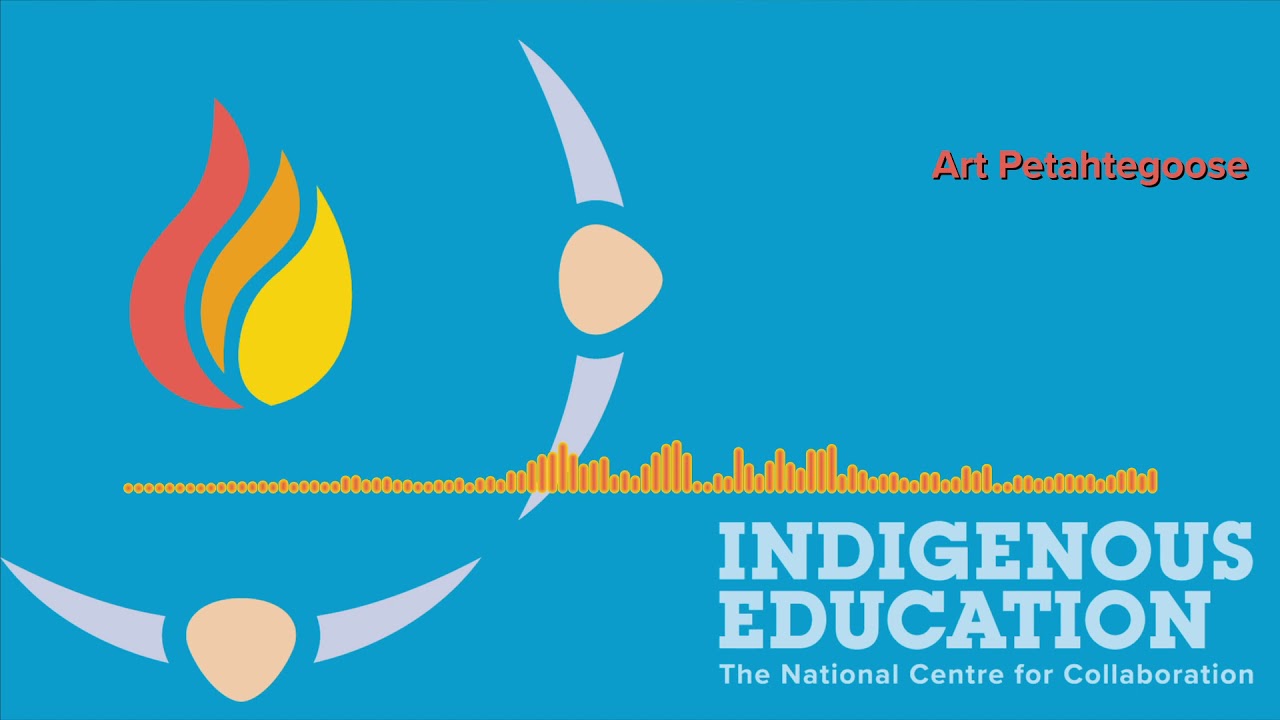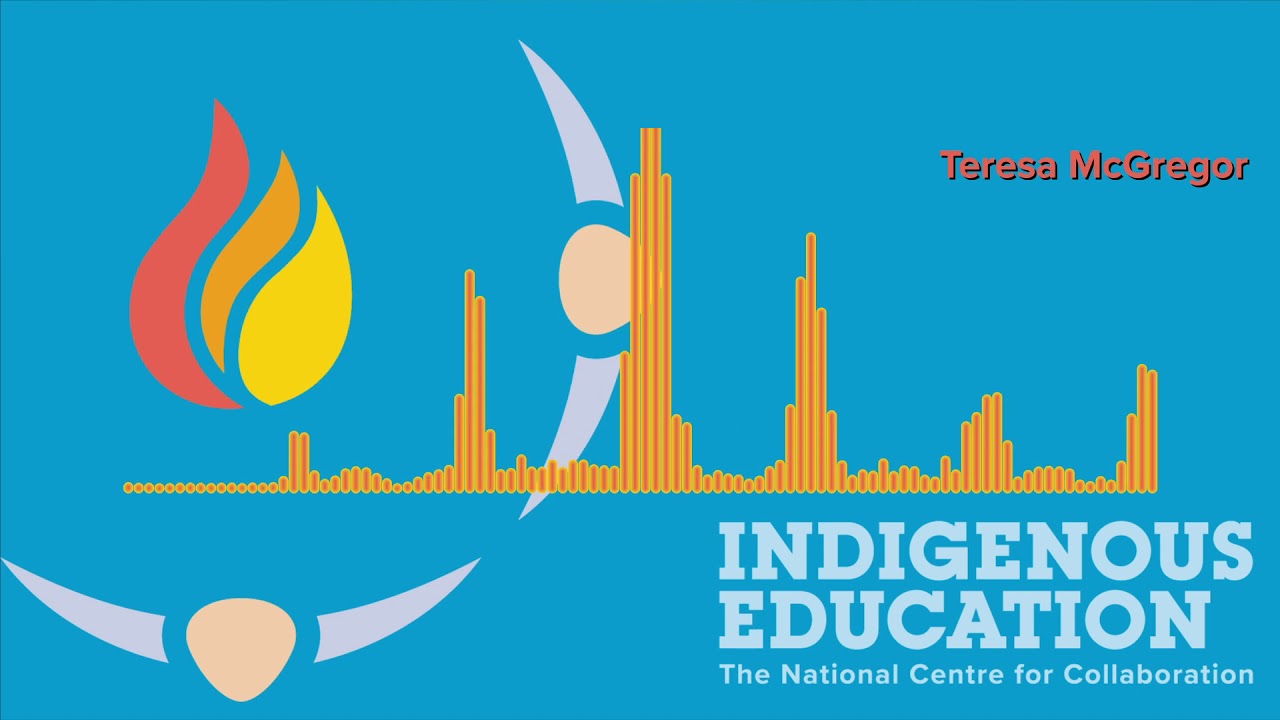Wiingashk offers opportunities to learn life skills and Indigenous cultural teachings and is designed to help encourage Indigenous students to continue their self-voiced educational goals. The program coordinator and teachers work collaboratively with Friendship Centre staff, specifically Indigenous counsellors and mental health supports, to assist students with their overall well-being, personal goals, and life challenges.
The Wiingashk Alternative Secondary School is part of an Ontario-wide network of 11 Alternative Secondary Schools supported by the Ontario Federation of Indigenous Friendship Centres (OFIFC). The OFIFC is the largest urban Indigenous service network supporting the vibrant, diverse, and quickly-growing urban Indigenous population through programs and initiatives that span justice, health, family support, long-term care, healing and wellness, employment and training, education, and research. The OFIFC represents the collective interests and vision of its 29-member Friendship Centres, which are hubs of community and gathering spaces where people can connect to their culture, access services and programs and build community.
The vision of the Friendship Centre movement is to improve the quality of life for Indigenous people living in urban environments. Education has always been an integral part of this vision, as access to culturally-safe learning opportunities that center learners’ needs and gifts is key for the wellbeing of urban Indigenous people. The Alternative Secondary School Program was first piloted in 1990, as Friendship Centre communities organized to meet the needs of students and their families, in response to major gaps in mainstream schooling that included lack of safe, culture-based, wholistic education available to Indigenous learners. The program is realized through a partnership between Friendship Centres and their local District School Board, supported by a long-standing relationship between the Ontario Ministry of Education and the OFIFC. As a program dedicated to offering personalized support to Indigenous students within a setting that combines community and academic support, the ASSP reflects Indigenous student needs and delivers education tailored to Indigenous students in an Indigenous environment.
To learn more about this program, please visit https://ofifc.org/program/alternative-secondary-school-program/ and http://www.namerind.on.ca/.
